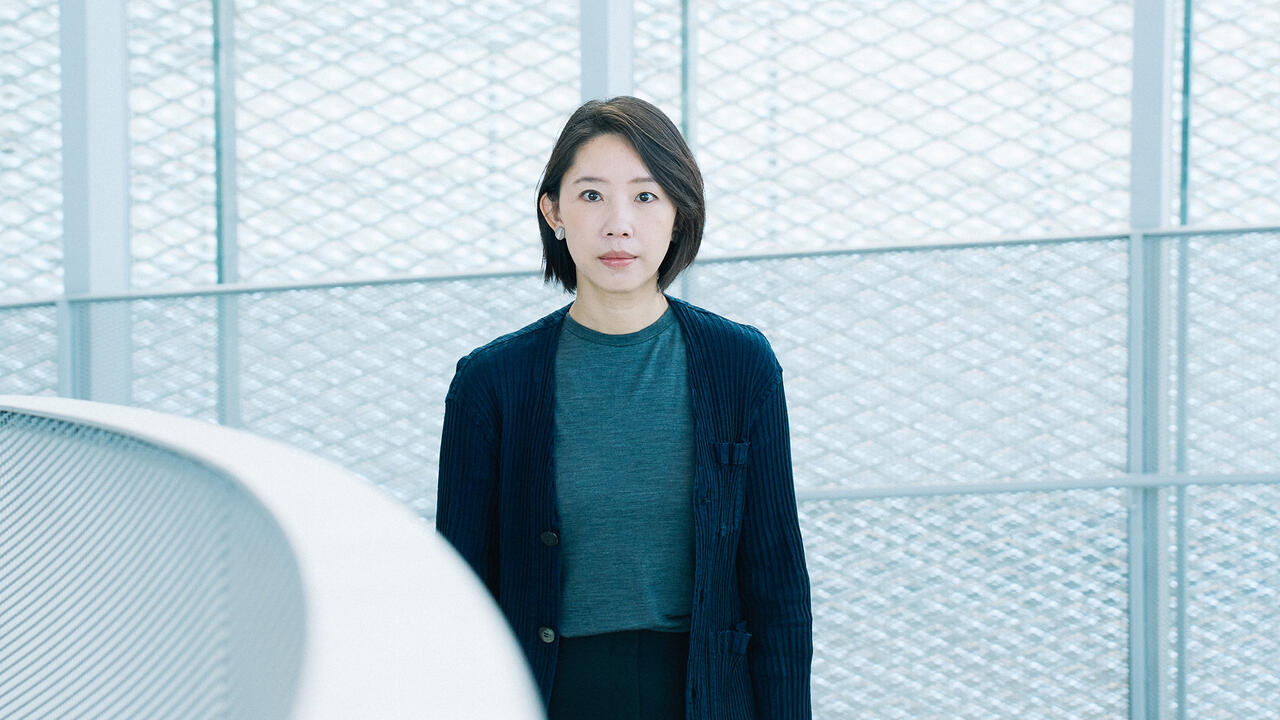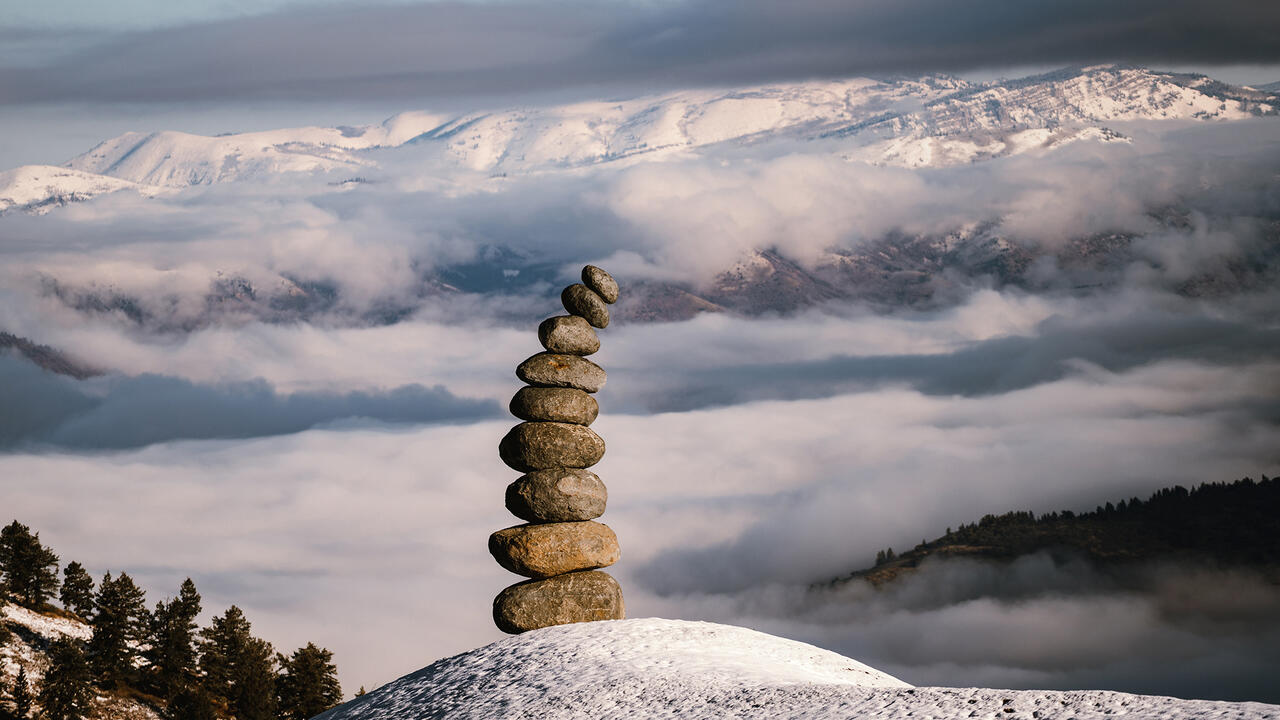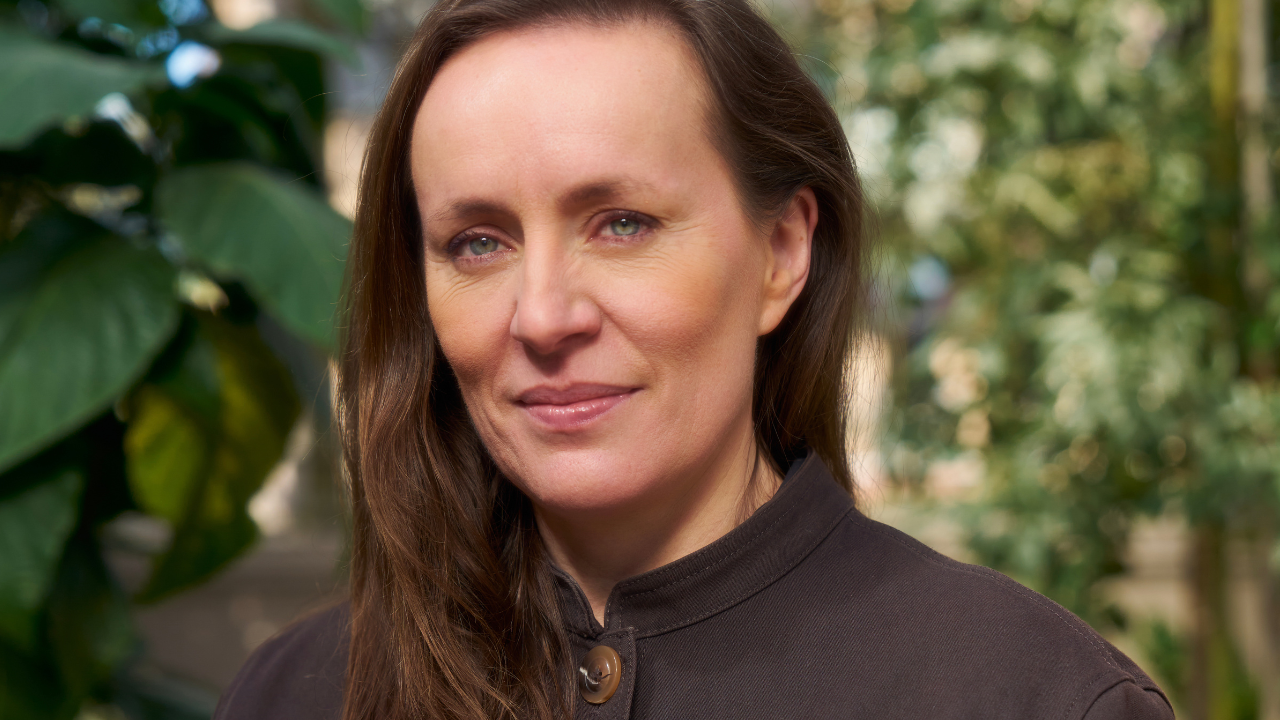‘Museums must evolve or they will not exist’: Curator Adam Szymczyk Speaks Out on the Future of Museums, Colonialism and his documenta 14
One of two new curators-at-large at Amsterdam’s Stedelijk Museum, Szymczyk gives his first interview since documenta in 2017
One of two new curators-at-large at Amsterdam’s Stedelijk Museum, Szymczyk gives his first interview since documenta in 2017

In mid-June, as rallies for social and racial justice soared to a global tipping point in the wake of the murder of George Floyd, Amsterdam’s Stedelijk Museum swiftly announced plans to hire two curators-at-large: Yvette Mutumba, co-founder and editor-in-chief of the art magazines Contemporary And (C&) and Contemporary And América Latina (C&AL), and Adam Szymczyk, the artistic director of documenta 14 (2017), with its critical stance towards the artistic legacy of European Enlightenment thinking.
What follows is the second of two interviews that seek to understand institutional accountability and inclusivity in a moment of change. See our first here with Mutumba.
– Pablo Larios

Pablo Larios: Your documenta 14, which took place in Kassel and Athens in 2017, implied, for me, a radical re-reading of post-Enlightenment cultural history in the West. It drew a line from German idealism, European colonialism and slavery – including, for instance, the Code noir, a 1685 French royal decree regulating enslaved people in colonies – through to 20th-century totalitarian regimes.
Adam Szymczyk: Yes, for documenta 14, we tried to identify causes, not illustrate effects. The Code noir rendered human beings exclusively as economic assets, as material. Its rationality is in line with the developments in French, English and German philosophy during the 17th and 18th centuries that laid the foundations for the present. Modernity and colonization are intertwined. The European Enlightenment found its corollary in the institution of slavery. Similarly, archaeology went hand in hand with imperialist wars from its beginning. Both aspired to chart and conquer territories as well as to subjugate and exploit peoples and their cultures.
Museums hold spoils from multiple wars. Their displays represent, safeguard and effectively perpetuate historically established power relationships, built on injustice, inequality and violence. In documenta 14, we looked at continuities: arcs that span from the age of Enlightenment to the age of concentration camps to the current neoliberal ordeal. We aimed at exposing the construction, formation and mutation of forms of power and knowledge in Europe, preceding the current global imperial order. We identified gaps and cracks in the apparatus – learning from indigenous knowledges, artisanship, minority struggles, overlooked artistic and spiritual traditions, often preserved in marginalized artistic practices, including oral traditions and sound, from voice to music to noise.

PL: Where do you stand on conversations to repatriate art and artefacts from European museums?
AS: I am for unconditional restitution of looted or stolen objects and works of art to their owners. Universal museums make a lot of sense for their custodians, but do not help the dispossessed.
PL: Since documenta 14, Congolese art collector and businessman Sindika Dokolo, who was one of the main financial underwriters of the exhibition, has come under fire for diverting funds from Angolan state-owned companies. Currently, there is intense scrutiny of the ways in which exhibitions and institutions operate and are paid for. What other models have you come across for artists and curators to consider the makeup and operations of the art world, from exhibition funding to exposition?
AS: For documenta 14, we attempted to – when possible – insist on funding for staging the event as a whole, instead of funding for individually commissioned artworks. We saw the project as a unity created within a polyphonic exhibition and so, conceptually, that’s what we sought funding for – rather than the usual cherry-picking that leaves some projects without funding while others receive lots. In a short, anonymous ‘Exergue’ that preceded the listing of sponsors in both main publications of documenta 14, the Daybook and the Reader, we proposed that documenta did not belong to anyone in particular – politicians, sponsors, etc. – but to those who made it happen: artists, organizers and visitors together. It is a public institution that can be repurposed to serve progressive political agendas. Ruangrupa, the artist collective organizing documenta 15 in 2022, are doing this by calling for the knowledge, institution-building experiences and cultural production from many places around the globe to be brought into a common space, which they have described, metaphorically, as lumbung – the communal rice barn, the common pot. Here, we are quite far from the concept of an exhibition as a display of artworks as static carriers of ideas they supposedly communicate. Beyond the sterile, discursive rendering of a future reality, such an approach brings us closer to an act of transforming the received dispositif of documenta as a Western cultural institution.

PL: You and Yvette Mutumba were recently announced as the new curators-at-large of the Stedelijk Museum in Amsterdam. What do you plan to do?
AS: First, I would like to get to know the museum better – its history and the evolution of its postwar programme, when it became dedicated to avantgarde and neo-avantgarde art – then see whether my intuition is right or needs to be adjusted. Though its radical core is the group of numerous works by Kazimir Malevich – the largest collection outside the artist’s native Russia – which have been at the Stedelijk since 1958, it is clear that the museum was otherwise collecting and programming predominantly Western European and US-American art, adding to the reductive canon of modernism we are currently beginning to see as a burden, not dissimilar to the burdens of colonialism. The museum could become a locus of multidirectional research into hitherto ignored fields and embark on new ways of working – not only curatorially, but also in terms of how its programme is grounded in current social and political debate both locally and within a global context. A museum is a public institution that should be accountable within its larger social context. Museums must evolve or they will not exist: the existing model of the institution as one of the pillars of European enlightenment must be questioned and its discontents revealed. Museums must be humble, self-critical and open to the polyphony of voices from outside their walls. People should be able to use institutions as spaces in which to say anything and do anything.

PL: What are you reading, researching and watching?
AS: I am going to watch Daisies (1966) by Věra Chytilová – a milestone of Czechoslovak new wave cinema. I have also been reading a conversation between the poet Etel Adnan and her partner, the artist Simone Fattal, conducted by critic and curator Mouna Mekouar. It looks at artisanship and the role it could play in restoring a sense of community in societies that underwent forced modernization. Before lockdown, I saw an exhibition of Fattal’s sculptures. I was moved by their simplicity, exactness and honesty – sculpting, painting and firing clay as activities that precede the form, glaze and colour of each finished ceramic object.
Main image: Marta Minujín, The Parthenon of Books, 2017, installation view, documenta 14, Kassel. Courtesy: Getty Images; photograph: Fishman/ullstein





















